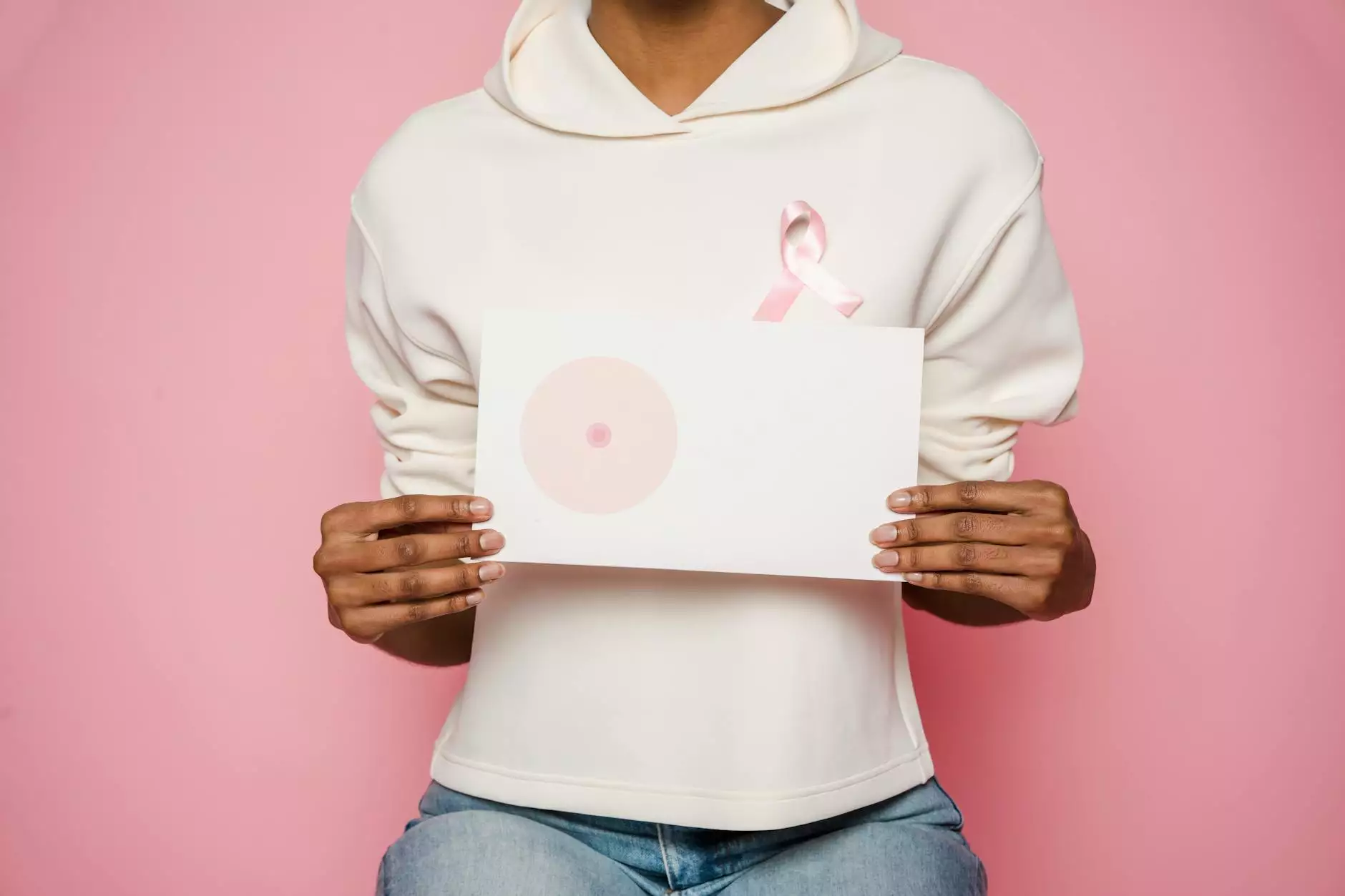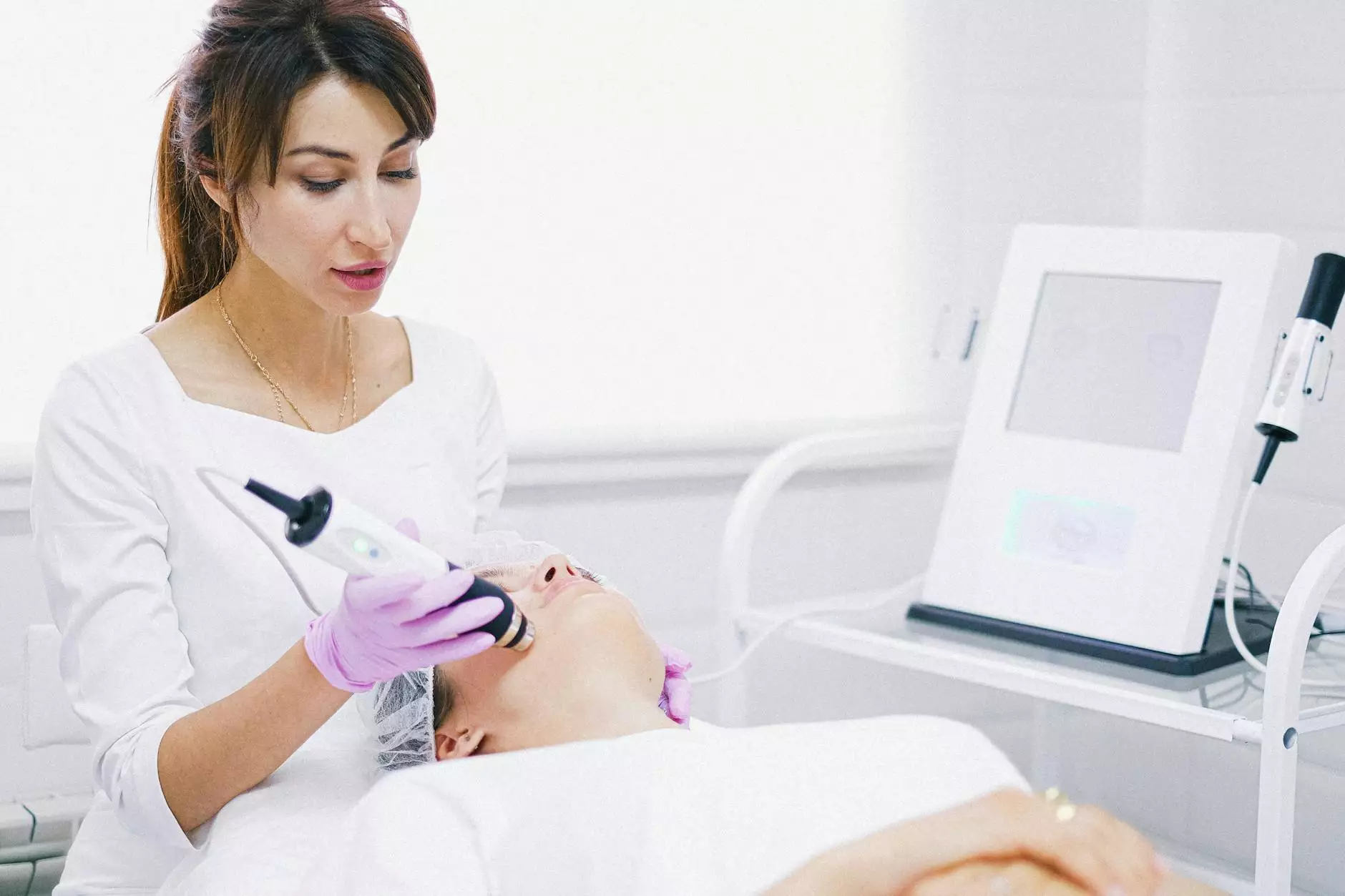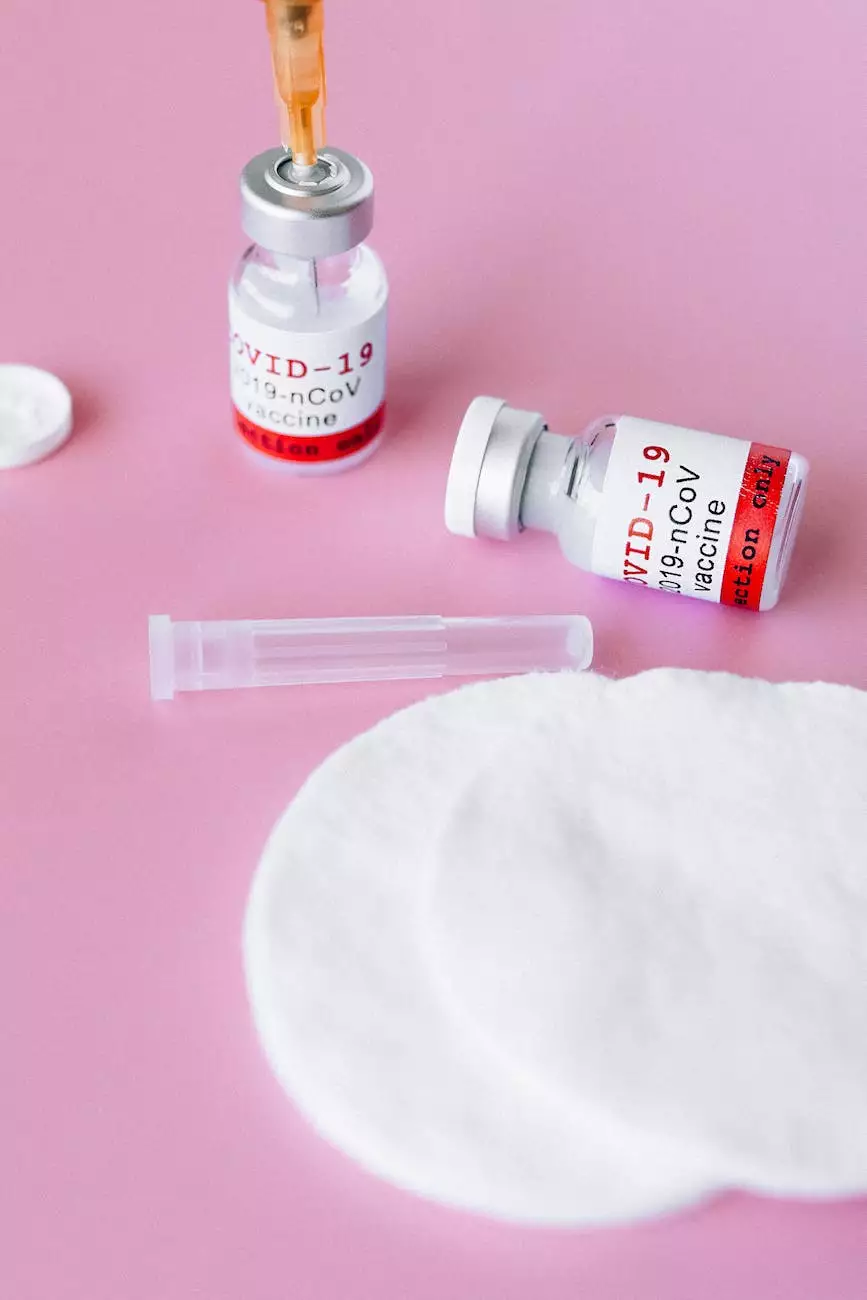Do I Really Need to Do Breast Self Exams?
Breast Care
The Importance of Breast Self Exams
As a woman, taking care of your health should always be a top priority. Regular breast self exams play a crucial role in detecting any abnormalities or changes in your breast tissue. By familiarizing yourself with the normal look and feel of your breasts, you become more aware of any potential issues that may arise.
Why Regular Breast Self Exams Matter
A breast self exam allows you to identify and monitor any changes that may occur in your breasts. By committing to performing this simple procedure regularly, you can potentially detect early signs of breast cancer or other conditions that require medical attention. Remember, early detection greatly improves the chances of successful treatment and recovery.
How to Perform a Breast Self Exam
Performing a breast self exam is easy and can be done in the comfort of your own home. Follow these steps to ensure you conduct the exam correctly:
Step 1: Preparation
Find a quiet and relaxing space where you can comfortably undress and examine your breasts. It's recommended to perform the exam right after your menstrual period when your breasts tend to be less tender or swollen.
Step 2: Inspection
Stand in front of a mirror with your arms relaxed at your sides. Observe the size, shape, and color of your breasts. Look for any visible changes, such as swelling, dimpling, or redness. Check if your nipples are in their usual position or if any discharge is present.
Step 3: Manual Examination
Lie down on a flat surface and place a pillow under your right shoulder. Use your left hand to examine your right breast. By using the pads of your fingers, gently press in small circular motions, covering the entire breast area and armpit. Repeat this process on the left breast using your right hand.
Step 4: Upward Motion
Continue the circular motions but this time move your fingers in an upward motion from the outer areas toward the center of your breasts. Pay close attention to any lumps, thickening, or hardened knots that may be present.
Step 5: Nipple Inspection
Gently squeeze your nipples to check for any discharge. If you notice any clear or bloody discharge, consult with your healthcare provider.
When to Seek Medical Assistance
While it's normal to feel some slight lumps or variations in breast tissue, there are certain signs that should warrant medical attention. If you encounter any of the following, make sure to contact your doctor:
- A new lump that feels hard and doesn't go away after your menstrual period
- Changes in breast size or shape
- Unexplained swelling, redness, or warmth
- Pain or tenderness that doesn't go away
- Nipple changes, such as inversion or discharge
Conclusion
Breast self exams are an essential part of maintaining your overall health and well-being as a woman. By regularly examining your breasts and understanding what to look for, you become an active participant in your own healthcare. Remember, early detection is key, so make sure to prioritize your self-exams and seek medical assistance if you notice any concerning changes.
Richard Martinez, MD is committed to providing comprehensive information and guidance on breast self exams to empower women to take charge of their health. Contact us today to learn more.










